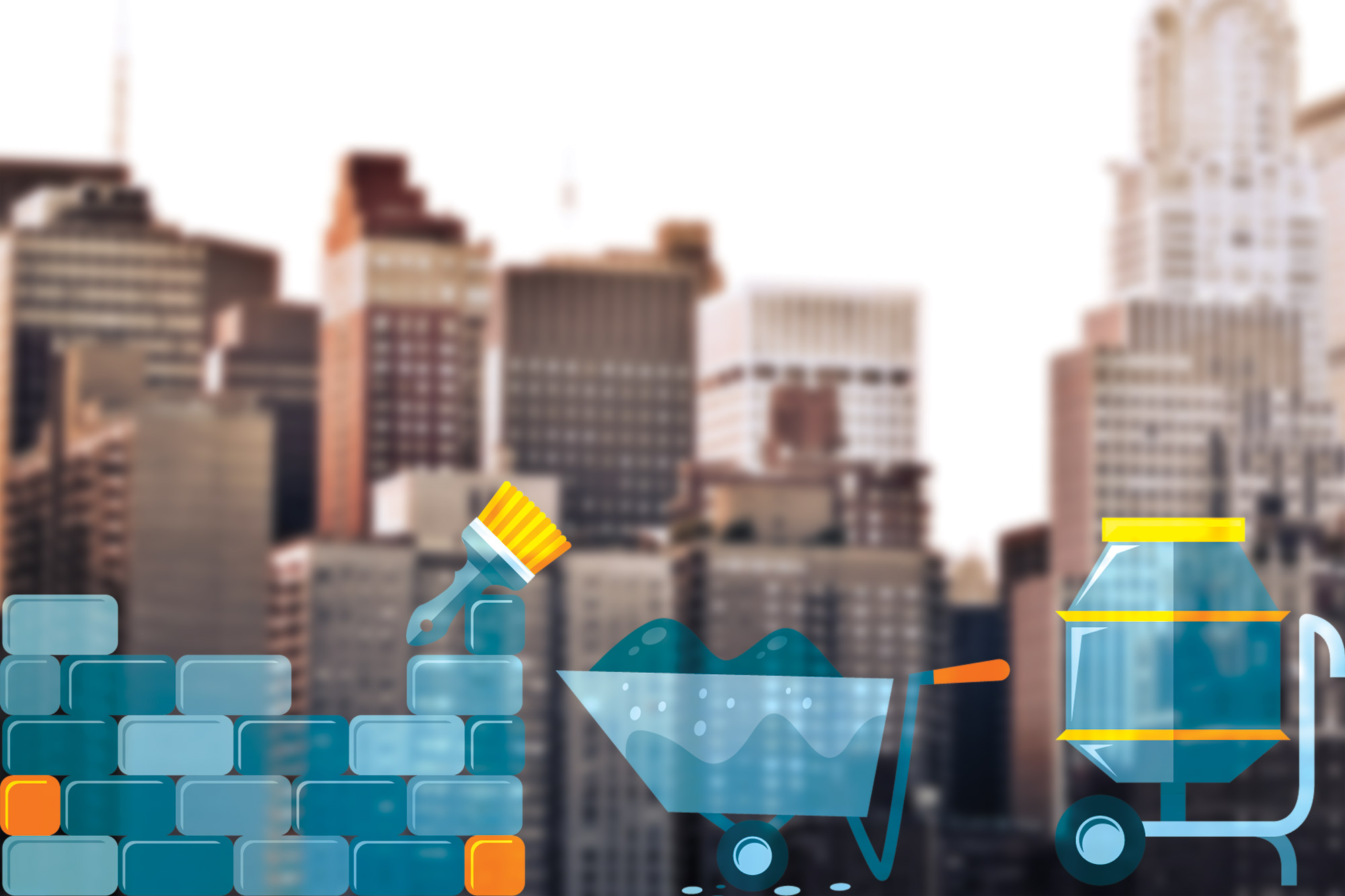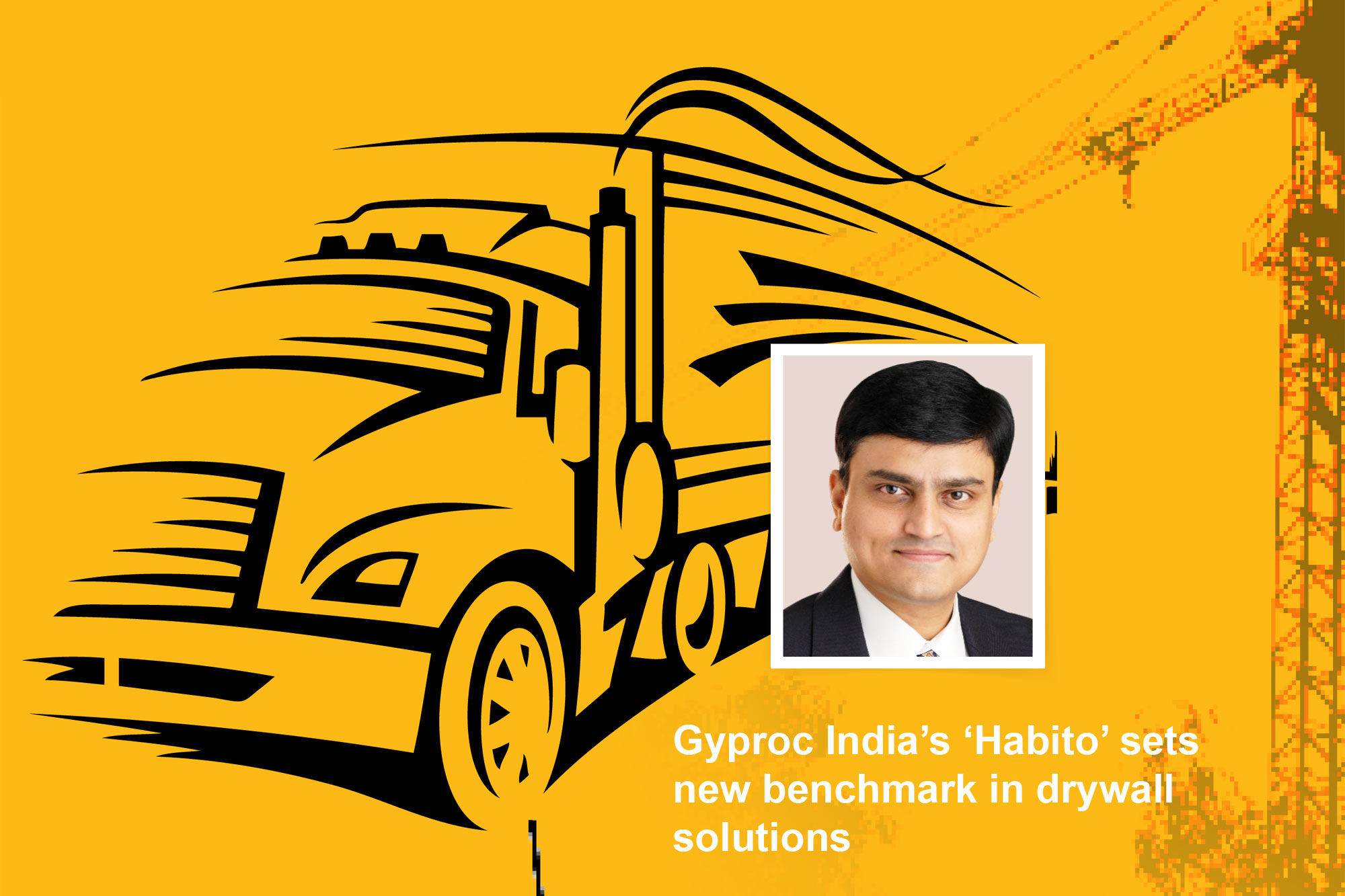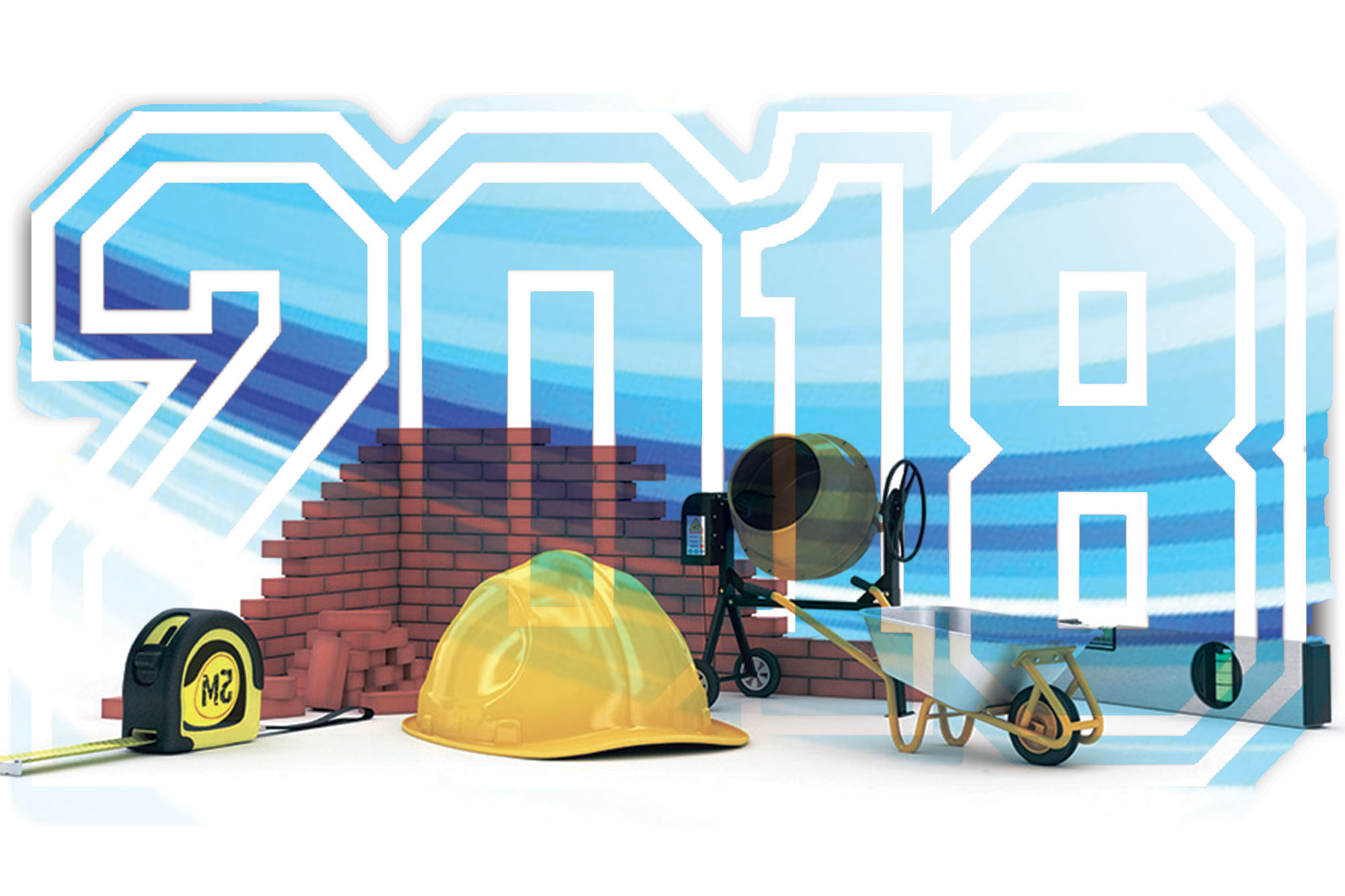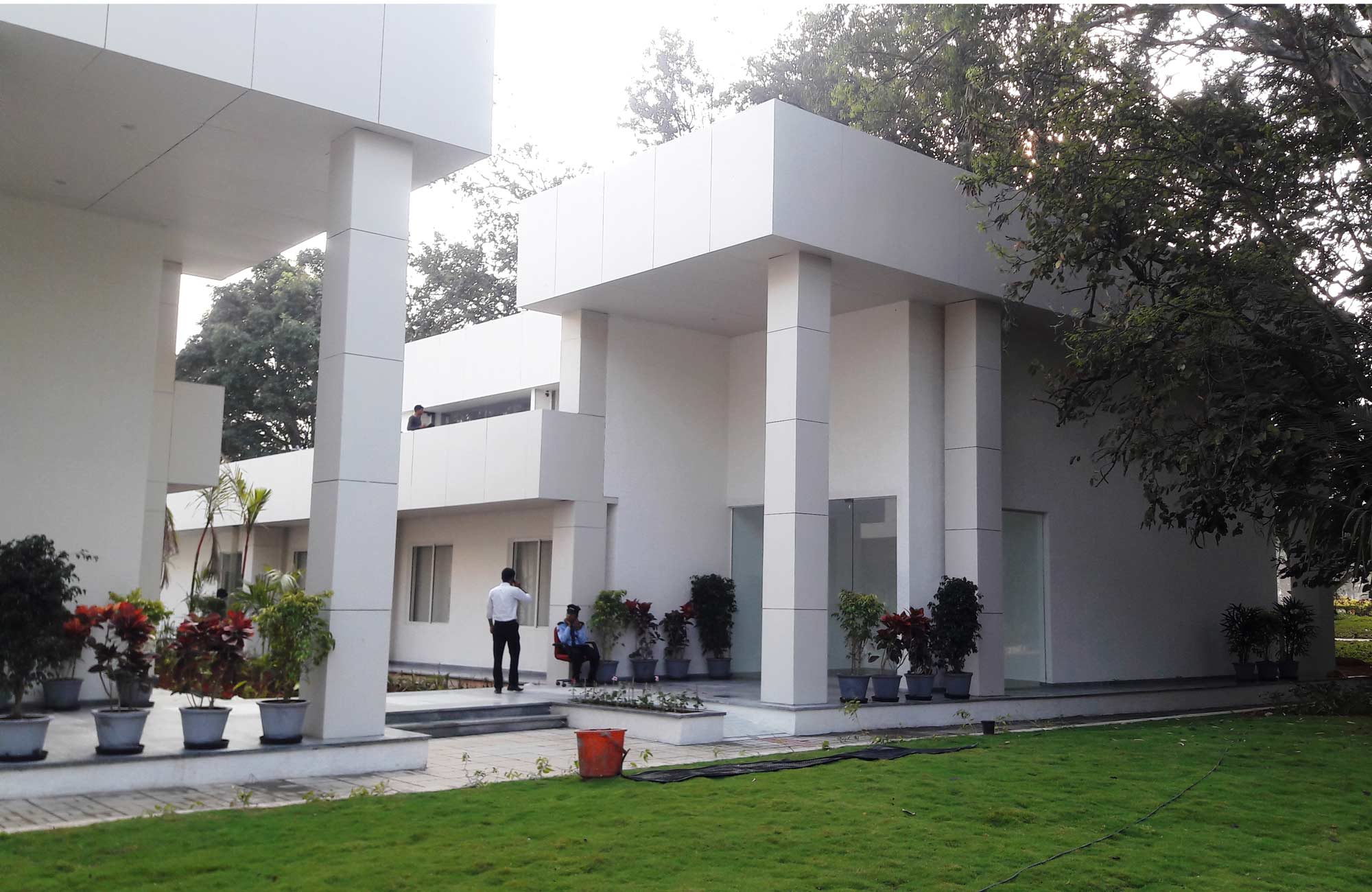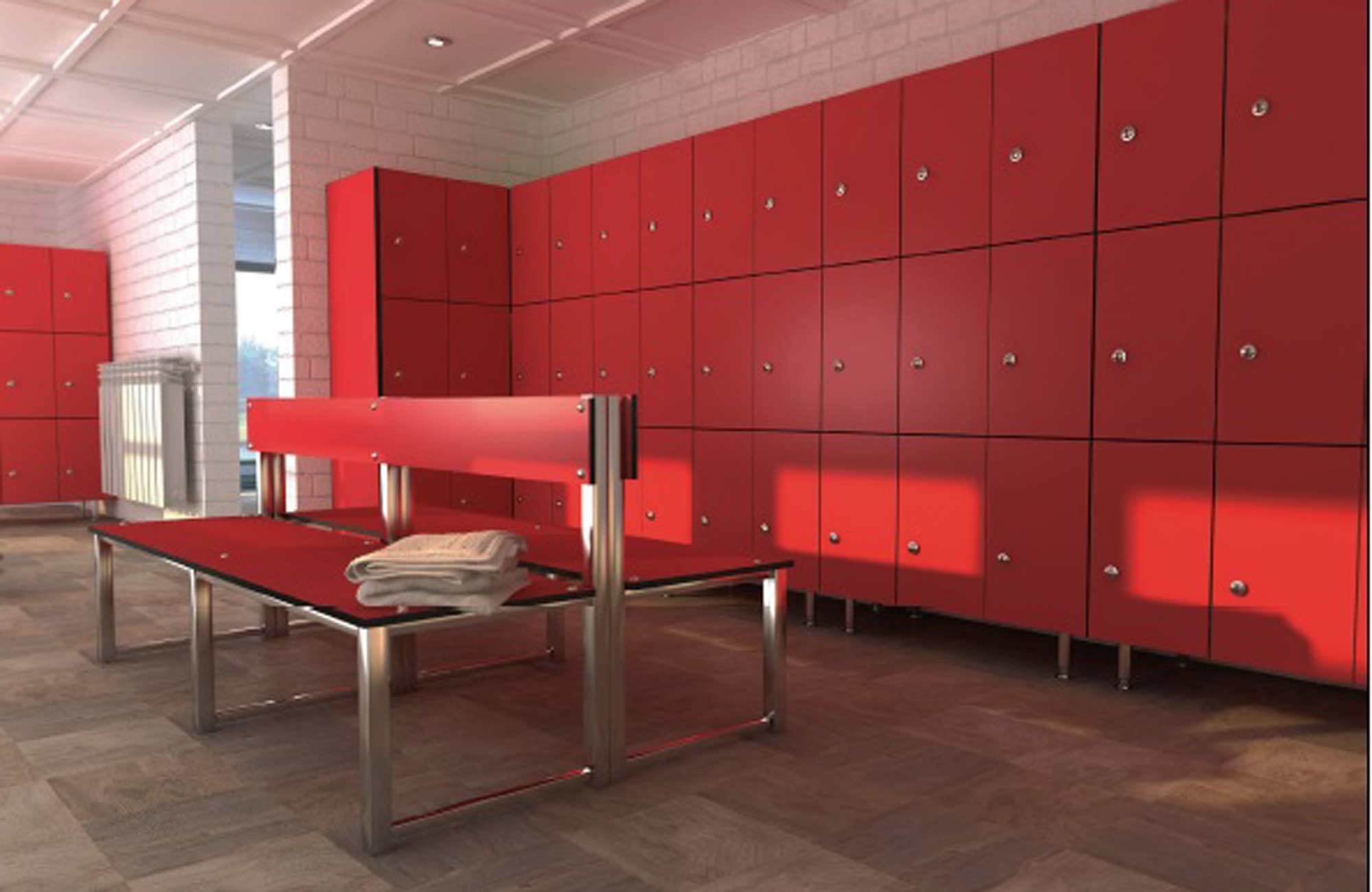Cutting-Edge Building Materials
By Edit Team | September 23, 2017 7:03 am SHARE
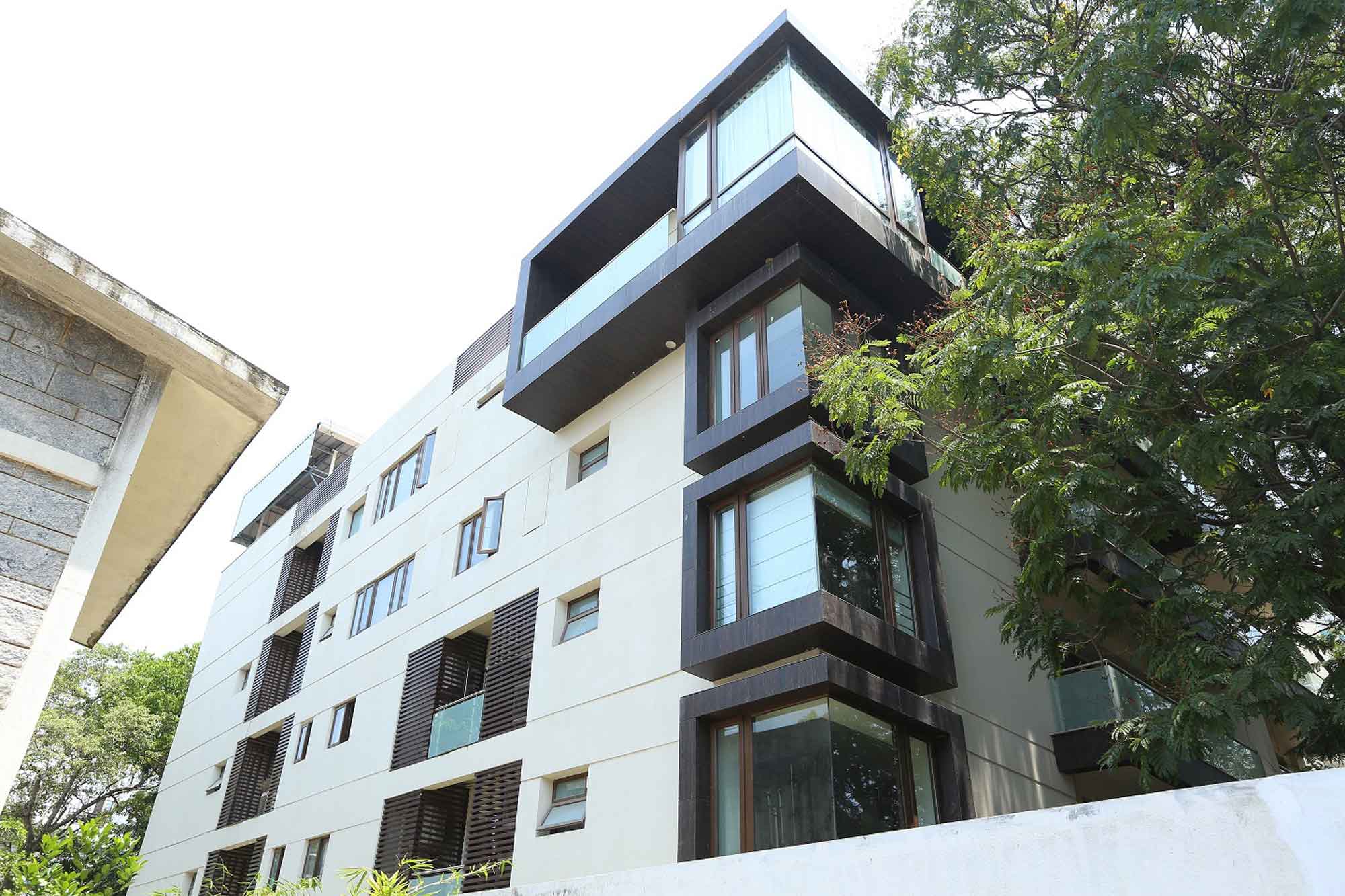
Most advanced building materials used in today’s construction.
How sustainable your home is truly depends upon on how green the construction material is being used. Energy efficiency plays the most important key element of green buildings. Green building material has been considered one of the easiest ways to make your home sustainable. Let’s take a look at some of the latest energy-efficient building materials used for green buildings in the market right now.
Listing few products made of components that are renewable and environmentally responsible for an effective building material:
Fly ash bricks
Fly ash a brick (FAB) or flyash brick is also known as pulverised ash brick (PAB) technology. It is a process of converting industrial waste of fly ash into an effective building material. Currently, the technology is very well established in converting thermal power plant waste into quality bricks. FABs are competitive and expensive in comparison to the conventional clay bricks and provide enormous indirect benefits. It also offers high resistance to sound and has low water absorption along with a good thermal insulator. Further, the material is used for load-bearing walls and can result in making finer finishes.
Autoclaved aerated concrete
Autoclaved aerated concrete (AAC), also known as autoclaved cellular concrete (ACC) is a load-bearing, high-insulating, durable building product used in many building constructions, for instance, in residential homes, commercial and industrial buildings, schools, hospitals, hotels and various other applications. An AAC block is a unique building material that is produced in a wide range of sizes and strengths and is so manageable that can be cut with a saw blade and can be drilled easily. Aerated concrete blocks are solid lightweight blocks joined together with an adhesive and can be used on walls, floor, roof panels, blocks etc. It also provides an excellent soundproofing barrier and for such reason, they are used in above-grade construction.
Insulation
A green roofing material developed using a unique formula containing fibourous polymer liquid. Has a wide area of applications with essential features i.e. 100 per cent environmental friendly, non compressable, cost effective, light weight, high durability, inorganic, inert, non-hazardous, eco friendly, low thermal conductivity.
Compressed earth blocks
Compressed earth blocks (CEB) are biodegradable and can be made locally from a substance like clay, sand and cement. CEBs are used for a long duration and hence, it offers fire resistance and is sound proof. CEBs are not so suitable for smaller homes and buildings. CEBs differ from mud bricks and are not compressed and solidify through chemical changes that take place as they air dry. The compression strength of properly made CEB can meet or exceed that of typical cement or mud brick. Hence, building standards have been developed for CEB.
Particle boards
Particle board is also known as particleboard and chipboard is a low-density variety of fibreboard that is made from scraps of wood like sawdust or bits of wood. This material has become quite popular for different purposes. Particle board is cheaper, denser and more uniform than conventional wood and plywood are important elements and is substituted for them when cost is considered to be more important than strength and appearance. However, particleboard can be made more attractive by painting or the use of wood veneers.
uPVC an excellent choice in energy efficient buildings
Commenting on the most advanced energy-efficient building material used for green buildings application, Manish Bansal, Director, Window Magic India, says, “uPVC windows and doors are most advanced energy efficient building material for green buildings application. The low conductivity of uPVC as a material, the tight seals uPVC windows provide and the ease with which they can be fabricated for double and triple glazing, make uPVC an excellent choice in energy efficient buildings. uPVC doesn’t conduct heat well therefore doesn’t transfer temperatures from inside to outside, or outside to inside. uPVC is the material most widely used for windows across Europe and the US where the focus on energy efficient buildings began around 30 years ago.”
Bansal adds, “It’s a simple goal in modern-day home life. Further he explains:
• Keeping warm in winter
By cutting the transfer of heat from the warm inside to the cold side of the window, uPVC windows will significantly reduce loss of heating warmth in cold weather and reduce the energy required to heat interior spaces.
• Keeping cool in summer
Cooling a home in summer can use up to three times the energy required to heat it in winter. Installing double-glazed uPVC window frames can keep you cooler in summer by reducing solar heat gain from outside. And in the evenings, the openable Tilt and Turn window system allows you to take advantage of natural cross ventilation to cool the home. They are proven performers in reducing energy consumption for heating and cooling and consequently, over their whole life cycle, can reduce greenhouse gas emissions by as much as 48-61 per cent compared with aluminium framed windows. Using double glazed uPVC windows will therefore make a valuable contribution to lowering India’s greenhouse emissions and lower your energy bills.
How to keep your house cool in a heatwave
“When we protect the windows from direct sunlight, than IR waves are unable to enter the house and the aggressive heating during the daytime is not going to happen,” says Mario Schmidt, Managing Director, Lingel Windows and Doors Technologies Pvt Ltd. The key parameters of the high performance glasses are solar factor and light transmission.
At that moment where no direct sun hits the windows and due to this the internal room temperature will have the same temperature like outside, the u Value of the window and the glass will play a very important role.
In the same way, even during night, ACs are kept on to cool the rooms, but with less power consumption than during the day when the sunlight is hitting the glass.
This energy consumption can be further reduced while
- Usage of windows without air leakage
- Using a frame material with a very less energy loss (Uf max 1.4 – 1.8 W/sqmK )
Considering that the frame area of a window can be between 10 per cent to 25 per cent of the total window area.
Usage of the right glass can reduce the energy loss further
Ug single glass 5.0 W/sqmK
Ug double glass 2.8W/sqmK
Ug low e Glass 1.8W/sqmK
Ug low e with Argon 1.3W/sqmK
Further, Schmidt highlights the key points to have an energy saving window
• Natural shading
• Energy saving window frame
• Energy saving glass.
Increased demand for sustainable construction
Habito, a revolutionary gypsum board by Saint-Gobain India Pvt. Ltd – Gyproc Business is set to create new benchmarks in the drywall solutions space. Launched in June 2017, Habito offers enhanced performance in load fixing strength, robustness and acoustics. This innovation is designed to give customers greater flexibility with their space and ease the process of loading on drywall.
Traditional building constructions have a massive impact on the environment. As urban construction is expected to rise, there will be an increase in demand for sustainable construction methods such as gypsum based drywalls. Habito the latest innovation of Gyproc India, will take the lead on sustainable habitat solutions in future combined with performance.
Habito – A new variant in the drywall space
Habito, a new variant in the drywall space, is installed like any other gypsum board, but allows users to fix items, such as TV brackets, cabinets, white board, lacquered glass, wall hanging instruments or any other heavy items. This can be done without specialist fixings or using ply support, by simply fixing the screw directly into the wall. It delivers load carrying capacity of 30 kg on each screw due to its dense core and patented technology – which means 120 kg can be safely mounted using only 4 screws. Apart from fixing strength it absorbs knocks and bangs and dramatically reduces wear and tear on wall.
Commenting on the Habito launch, Venkat Subramanian – Regional CEO – Construction Products India & Managing Director – Gyproc India said “Habito the latest innovation by Gyproc offers customer enhanced solutions in drywall offerings. Installed just like any other gypsum board, Habito drywall combines the strength and fixing capacity of masonry or ply with the benefits of drywall.”
Also commenting on the launch, Sudeep Kolte, VP Sales & Marketing at Gyproc India, says, “Buildings and living spaces need to adapt to the changing requirements of their occupants, hence flexibility is critical.” “Habito Drywall has been created with a new standard of performance that delivers superior well-being to occupants as compared to traditional options like brick and block or ply.”
Cookie Consent
We use cookies to personalize your experience. By continuing to visit this website you agree to our Terms & Conditions, Privacy Policy and Cookie Policy.



